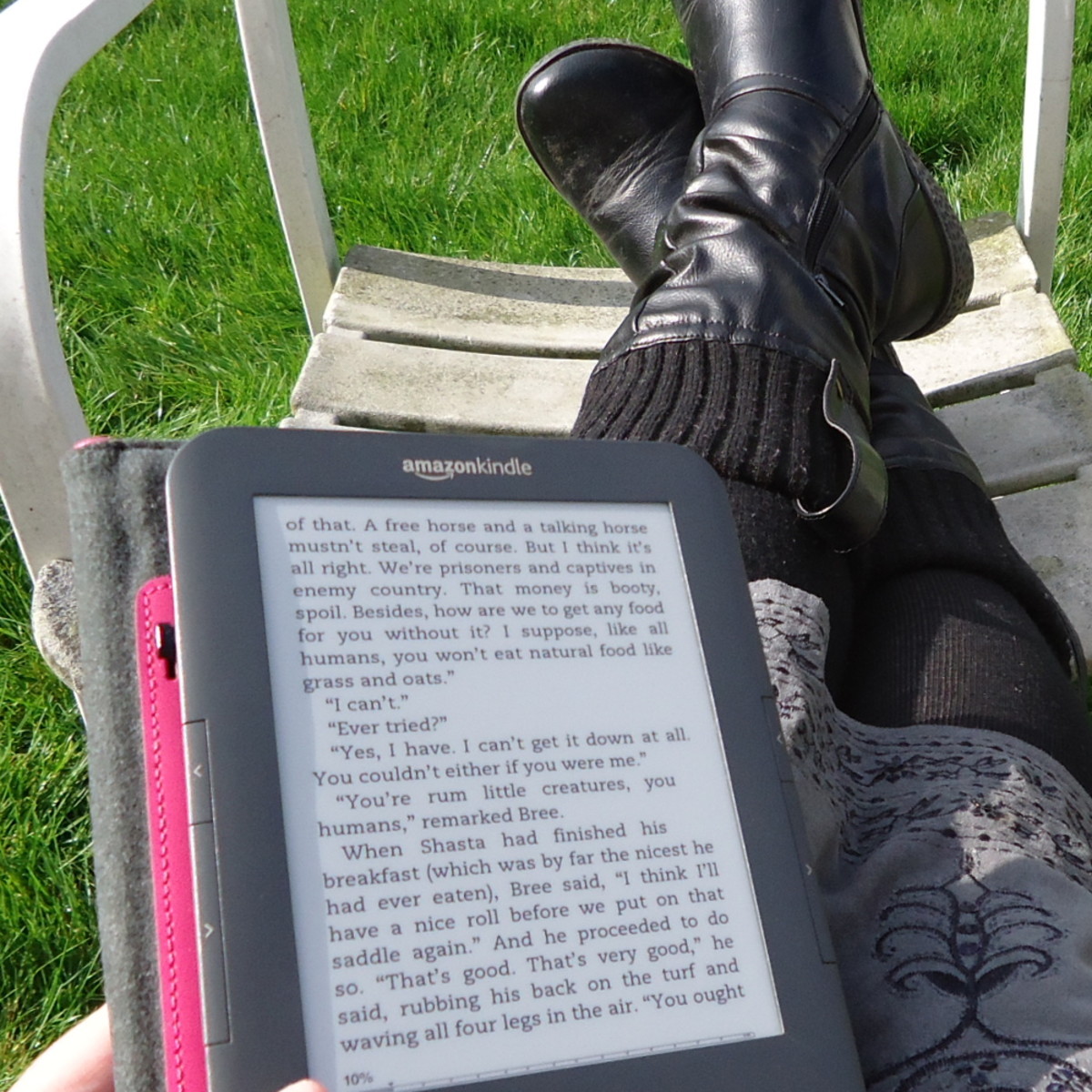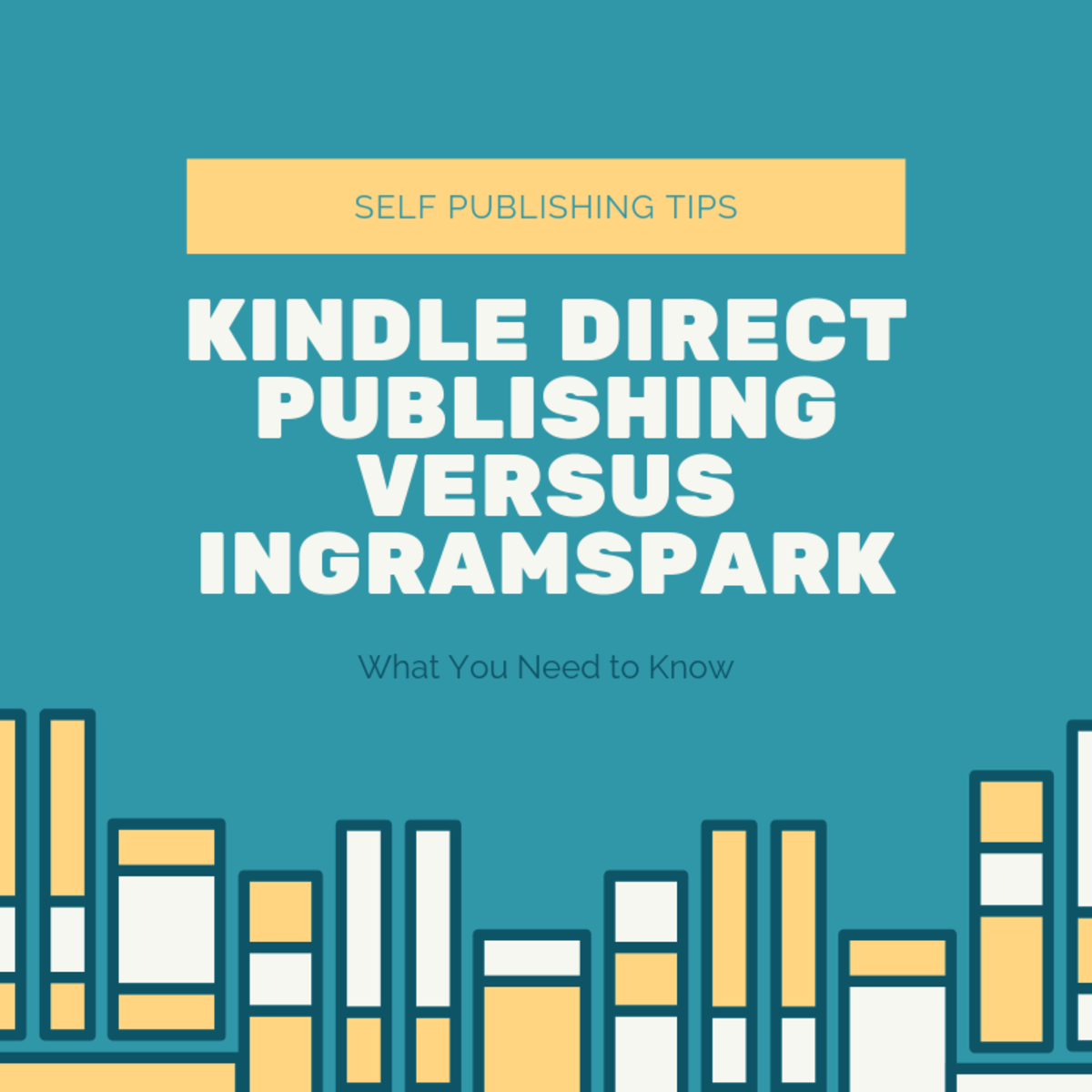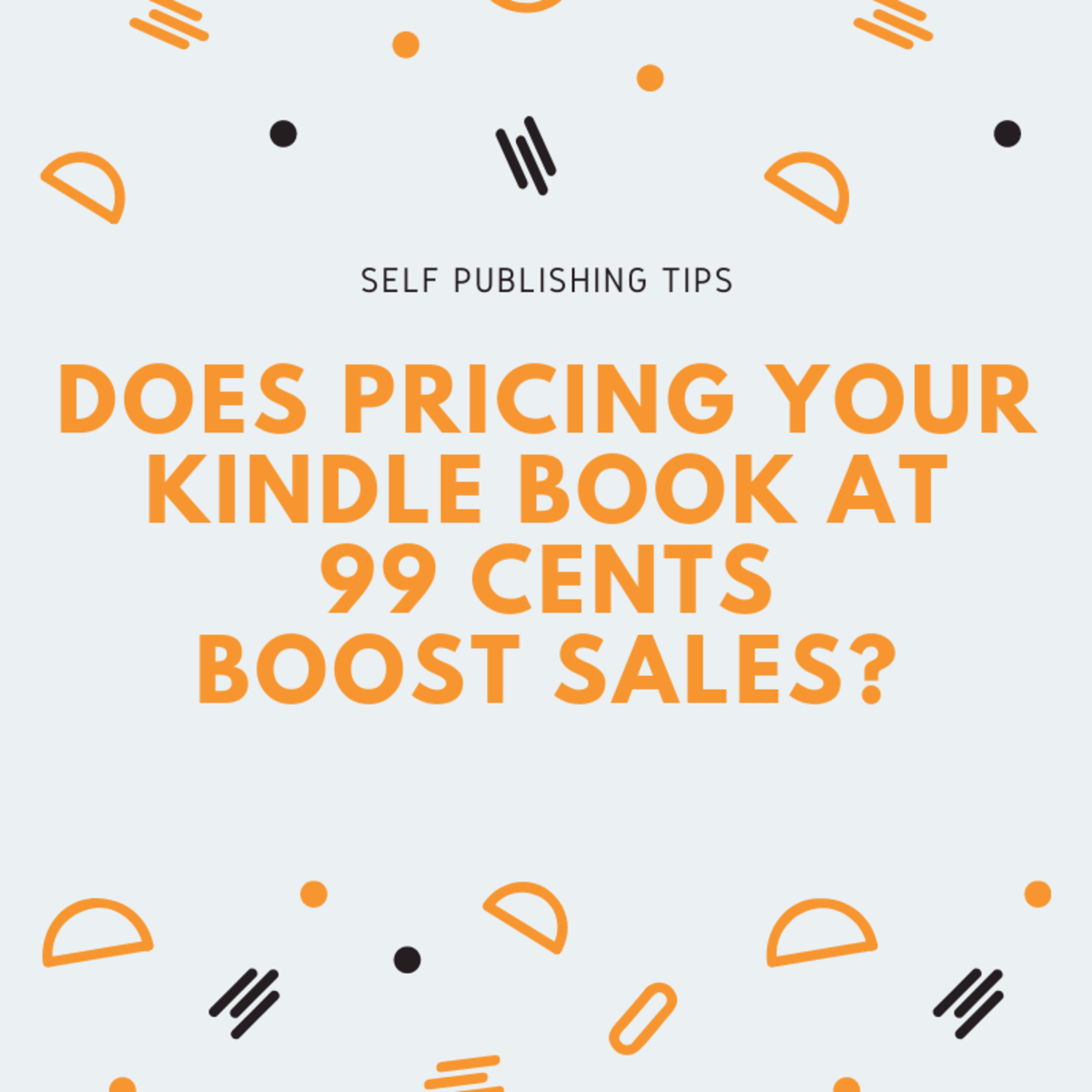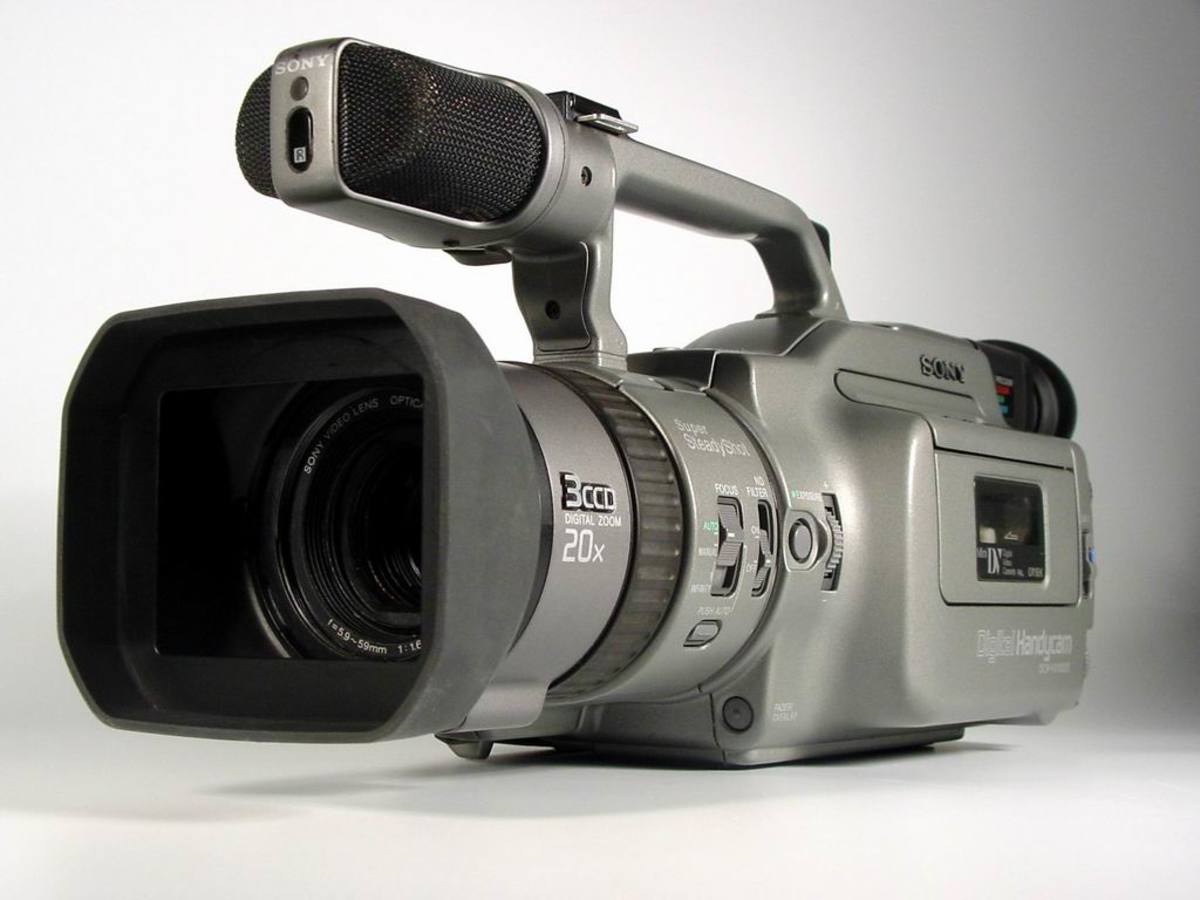Why Amazon Kindle 3 has Sony PRS-650 knocked down before its got in the ring
Amazon Kindle 3 vs Sony PRS-650
Buy the Amazon Kindle in UK
- Amazon Kindle 3 Store UK
Buy Kindle 3 Leather Protective Cases as well as the Wifi and 3G versions of the latest Amazon Kindle.
Amazon's Latest Kindle, the "Kindle 3"
With its geographical specific release in the US only the Amazon Kindle burst into the scene with their first mass market dedicated ebook reader in 2007. Other portable electronics ran ebooks, and non-fiction ebooks had been popular for a while on PCs and Macs, usually via PDF format, however the Amazon Kindle was one of the first devices you could sit and read a whole book on comfortably. Result it sold out in five and a half hours.
The Kindle 2 came in early 2009 and this time was released in Europe not just the US. By now companies like Sony started to release rival ebook readers, with their PRS range. However despite a high price point of over $350 the Kindle 2 cemented Amazon's market position as a leader in the dedicated ebook market. Not bad for the companies first major in-house device. However with the dawn of their new Amazon Kindle 3, Amazon are pushing the marketing out further to cement this knowing full well that the latest batch of Sony readers are on their way. And Amazon's biggest tactic... Its $139 (£111) starting price.
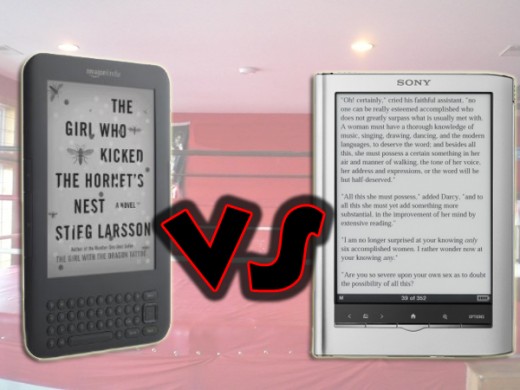
How Sony PRS-650 is avoiding the ATRAC mistake to try and stop Kindle becoming the Ebook iPod
Amazon.com quickly became the market leader in selling books online, and is a brand everyone knows and trusts. Their physical book collection is huge, and it was only a matter of time before they expanded into the emerging market of ebooks, as they have done with mp3's.
This is one of the reasons Sony has an uphill struggle on their hands with their latest batch of e-readers. Anyone who is non "techy" who wants to buy books online, will go to Amazon first most of the time. So with the advent of their very own ebook reader which requires you to buy Amazon format books for commercial titles, they are not only selling the books, but "printing the paper" so to speak. However uncharacteristically for Sony, a company that historically makes users buy their own peripherals, memory cards etc, they have a much more open format ebook. There is the Sony Ebook store, in which you can purchase books but you can also download from the likes of Waterstones etc. Something currently unavailable on the Kindle. Sony showcased and released two mp3 players two years before the iPod, however failed due to price, but also by making people use its ATRAC format, which required slow conversion of mp3s to protect from piracy. Combined with the Sony specific cards required, the Walkman creators failed and lost their market leader position to become an also-ran. With the touchscreen PRS-650 Sony are trying to learn from their mistake by being open in this emerging market. This will get the Sony a cult following, but openness does not always breed success. The iPhone and even iPods are a great example of this. The iPhone is locked down so you can only use applications from Apples store. Whilst with the iPod you can add other mp3s, the way iTunes is integrated with iTunes Store most casual users would not even look anywhere else. Due to its initial and continued success it seems the Amazon Kindle, and especially the Kindle 3 is, despite Sony's efforts becoming the iPod of the ebook reader world.

What Kindle 3 Does So Well
For those who don't know, the Kindle uses technology called eInk.
This basically means it uses very little power, and more importantly for
reading whole novels, it does not hurt your eyes after long periods
like looking at a TFT screen often does. Its ideal for people with poor
site as you can increase the text size to whatever you like. These are
great features, but the Sony PRS-650 also has these. So what makes
Kindle stand out besides its good looks?
Well as mention before, the
Amazon Kindle 3's new prices have made it the first good ebook reader
to be easily mass market accessible. Entry price for the wifi model is
$139, whilst the Wifi with built in 3G is only $189 (£149). Both are
available in white or graphite, and both come with the latest eInk which
is claimed to have 50% better contrast. The overall shape of the new
Kindle is also much slicker as you would expect. Memory on the
Kindle has been upgraded to 4GB, whilst the biggest worry for people
going on holiday wanting to read for long periods of time by the pool is
that Amazon claim the new Kindle has a ONE MONTH battery life if the
wireless is turned off. Very impressive if even half true! This means it
will last most people's holidays without the need to plug it in for a
recharge.
By using Amazon.com as virtually the sole provider of books, it means a novice can easily take the Kindle online with its built in software and purchase new reading material. Amazon kindly also "sell" public domain books for free on Amazon.com and Amazon.co.uk, by displaying them as $0.00. This is a clever technique to help people into the process of purchasing books in the the future for real.
Summary of these great E Book Readers
You could argue that for a market leader, there is little need for Amazon to drop the price so much, but as mentioned before selling low means they will shift more units, and gain their money back on books sold on their website. With the latest figures from Amazon that the Kindle 3 is the fastest selling Kindle of all time, it seems the Amazon Kindle has already become the name for ebook readers in the same way iPod has for MP3 player. This leaves the Sony PRS-650, which is a superb device in its own right a long way behind in sales. Despite this it is a superb dedicated E Book reader which combines fantastic looks with Sony build quality.
Buy Now Below from Amazon
Kindle Protective Cases
UPDATE: My thoughts on the NookColor
I personally do not like the look of colour e-readers. In fact I find them quite pointless. This is due to screen. For a e-reader to be comfortable it has to be eInk. Sure you can read for a little while on an LCD / LED screen, e.g. a newspaper app on a tablet like an iPad etc. But your eyes will tire after a while, same as looking at a computer monitor if you tried to read a book. Whereas with eInk there is virtually no artificial brightness to hurt your eyes, like a real book. This makes it much more comfortable for reading and why I think there will be place for eReader for the next few years despite the rise of tablets. The main concern for any color eReader overshadows any other fault they may have, and why Kindle and PRS-650 etc are a better proposition in my eyes.
- Free Kindle Books: How To Get Free Books For Kindle
Getting a Kindle reader could be one of the best financial decisions that you ever make, particularly if you are in the habit of buying hundreds of books which you will never read. A Kindle Reader is to books... - Find New York Times Best Sellers in the Kindle libra...
Are you looking for something new for your Amazon Kindle? Something that is on the New York Times Best Seller List? Then you have come to the right place. Just because books have been published in hard copies...




